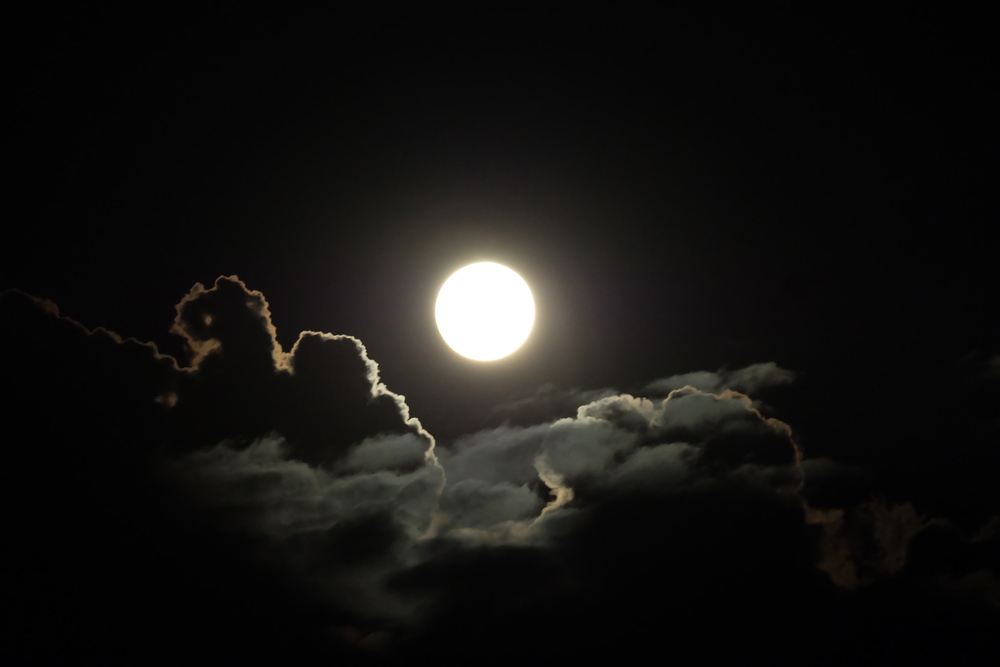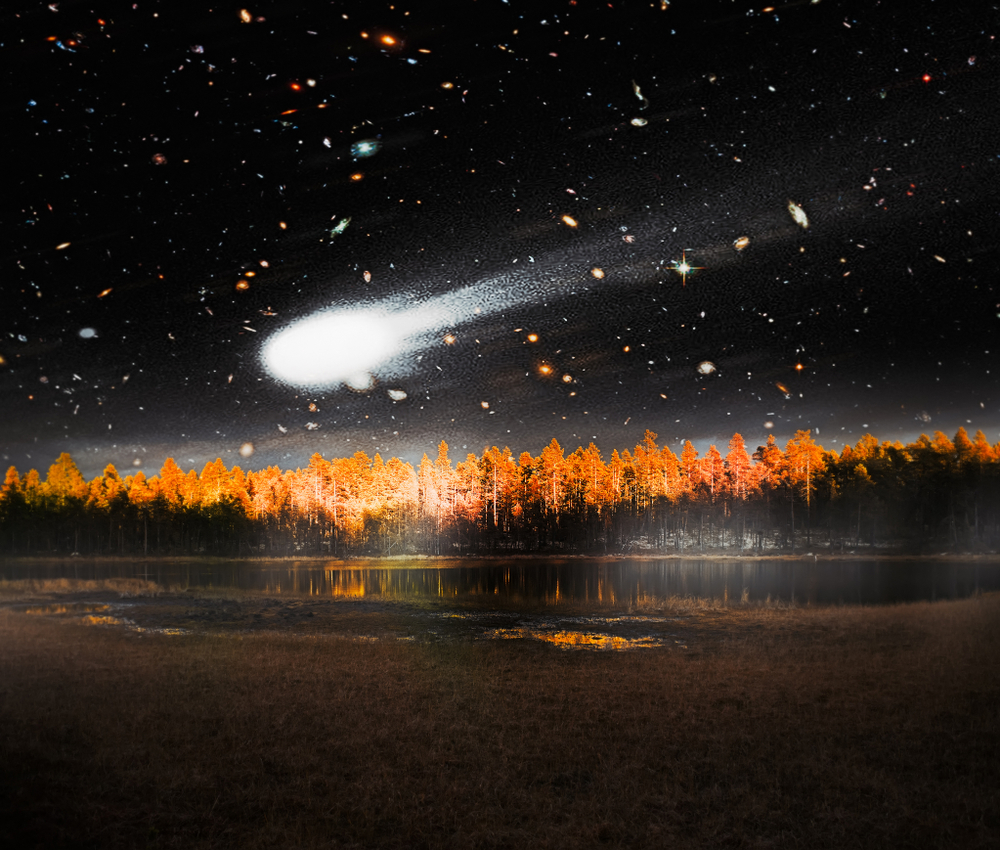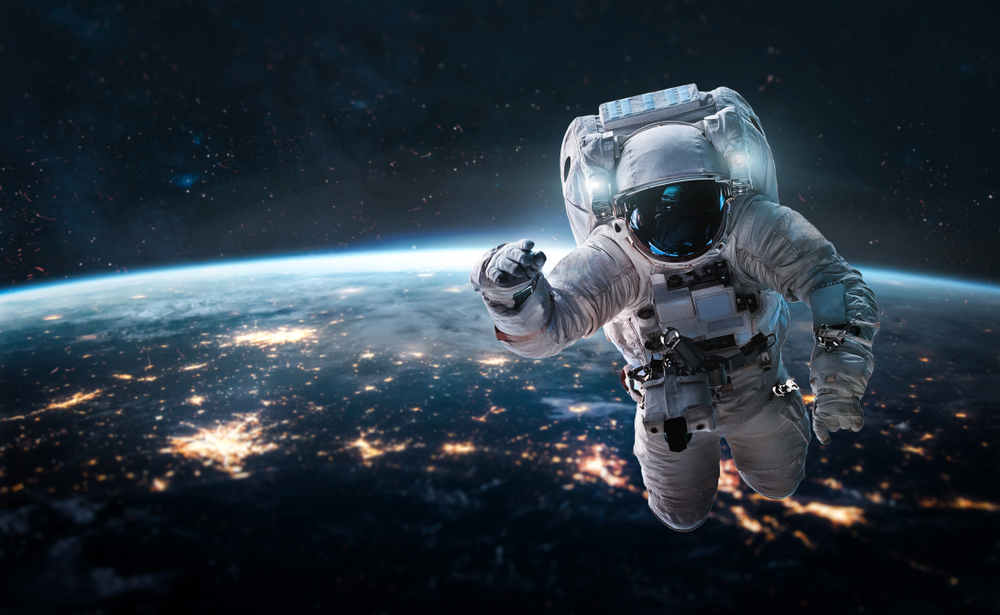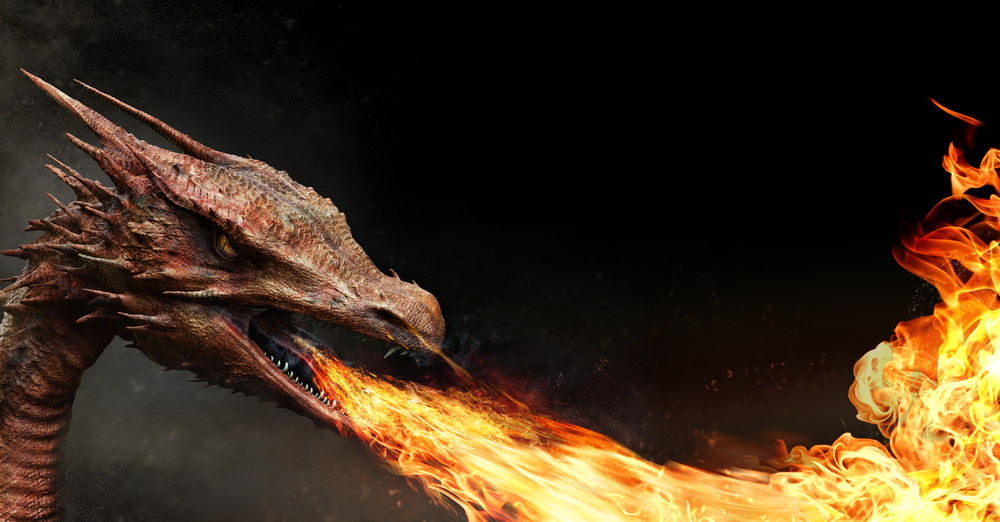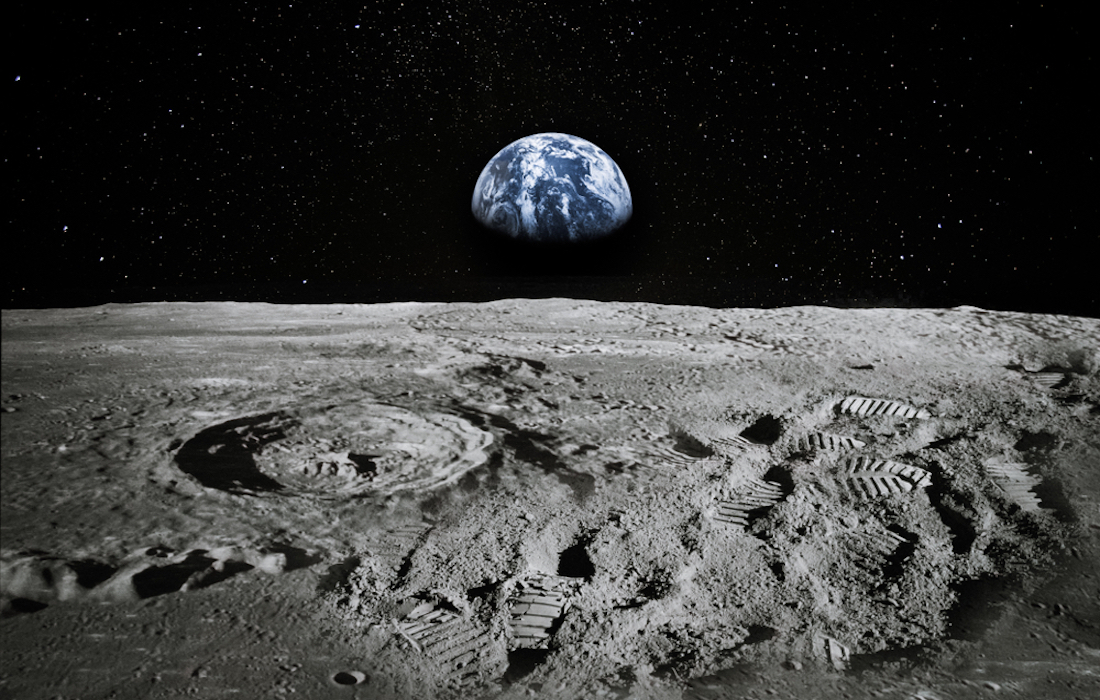“Starry, starry night. Paint your palette blue and grey.” those famous lyrics sung by Don McLean in 1971 talk about the beautiful night sky and its bluey-grey demeanor. Although if we are honest, in the dead of night, the sky is black. While on a good clear night without much light pollution you can see some amazing stars, the majority is just black. However if the sky is full of these incredibly bright stars, planets, and galaxies, then why is it so black? Read on for a surprising answer.
If you say that it is black because it is so vast, I can only give you half a point. That is true, of course, the universe is massive and ever-expanding. What looks like two stars beside each other from our perspective could be millions of lightyears apart and then a black void between them would make sense. That is not the real reason we see so much black in our skies though.
The truth is that the sky is not as black as we perceive it, our view is blocked. If you think of light as energy, space is full of it. Some are high energy waves and some low energy waves and these radio waves travel different distances in different ways. The first limiting factor is our eyes. We can’t visibly see all light waves and so many of these don’t show for us. The absence of light would appear as black. Scientists separate all light into two fields, visible light, and invisible light, and for us, there is a large portion of the light that is not visible.
The second limiting factor is the Earth’s atmosphere. Many of the light waves are unable to break through the atmosphere of the Earth and so any light that is unable to enter again appears as black. This means that if we could step outside our atmosphere we may see a brighter sky at night than we are used to.
The third factor is the vastness of space. Of course, there are billions of stars and galaxies out there that fill the entire night sky but they are just so far away that they barely appear as specks in our sky. If we had a better technology that could represent every galaxy with different colors we may start to see just how crowded the sky actually is.
It can be daunting to remember when looking at the night sky how massive those tiny stars actually are. When you consider some constellations you don’t realize how important they are to our universe and how most are far larger than Earth. On rare occasions when there is so little light pollution it is possible to see vivid images of the Milky Way. This is our best chance of understanding what the night sky could look like. Of course, there are other phenomena that often take place too. The Aurora Borealis itself is the collision of electrically charged particles from the sun entering our atmosphere. Imagine what other strange colors are spread across the universe.
Clearly the night sky is incredibly vast and the reason the majority of it is black is that there is a whole lot of nothing up there. The stars that we see are a small percentage of what exists and they are just the ones that are close enough to our planet to be visible. If you could stare into those black spaces a little deeper you would end up hitting a star or galaxy eventually. Yet the light that is shining off all of these objects does make the night sky less dark, we just can’t perceive it. Maybe Don McLean could?

